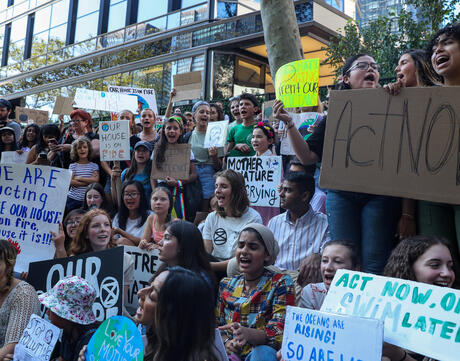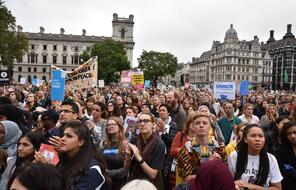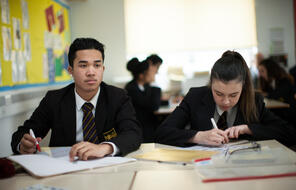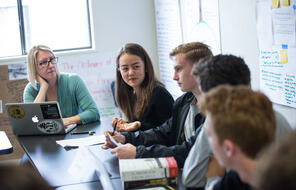
How to Talk to Your Pupils About Climate Change
Overview
About This Lesson
Greta Thunberg, a 16-year-old Swedish climate activist, began skipping school in 2018 to pressure lawmakers to act against climate change. She is one of many young climate activists around the world who are working with their communities, building movements and calling on governments to take responsibility and respond to the climate crisis. These young activists have successfully gained attention and built movements of activists calling on governments to take responsibility and respond to the threat of climate change. On 15 March 2019, an estimated 1.4 million young people in at least 123 countries participated in climate change protests and school strikes. Then, just over five months later, this number more than doubled: on 20 September an incredible 4 million people took to the streets in over 163 countries in what is thought to be the largest climate protest in history. As the numbers show, this activist movement is gaining more and more momentum: young people are standing up to climate change and demanding that others do the same.
This lesson explores the reasons why young people are calling for action against climate change and strategies they can use to make a difference on this issue or other issues they care about; it roots some of its activities in methods outlined in Joanna Macy’s Work That Reconnects, which encourages us to reflect on our connection to the natural world as a means of inspiring action.
Activities
Activities
Extension Activities
Materials and Downloads
Resources from Other Organizations
Unlimited Access to Learning. More Added Every Month.
Facing History & Ourselves is designed for educators who want to help students explore identity, think critically, grow emotionally, act ethically, and participate in civic life. It’s hard work, so we’ve developed some go-to professional learning opportunities to help you along the way.
Exploring ELA Text Selection with Julia Torres
On-Demand

Working for Justice, Equity and Civic Agency in Our Schools: A Conversation with Clint Smith
On-Demand

Centering Student Voices to Build Community and Agency
On-Demand
















